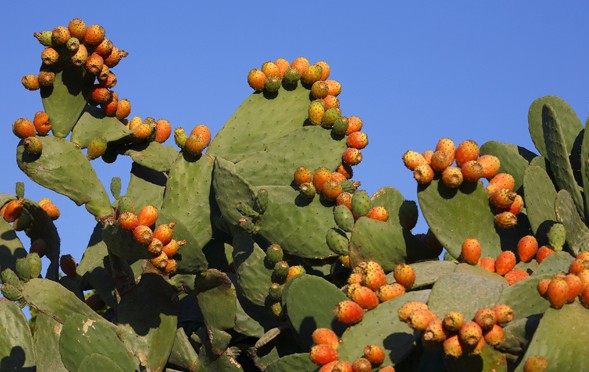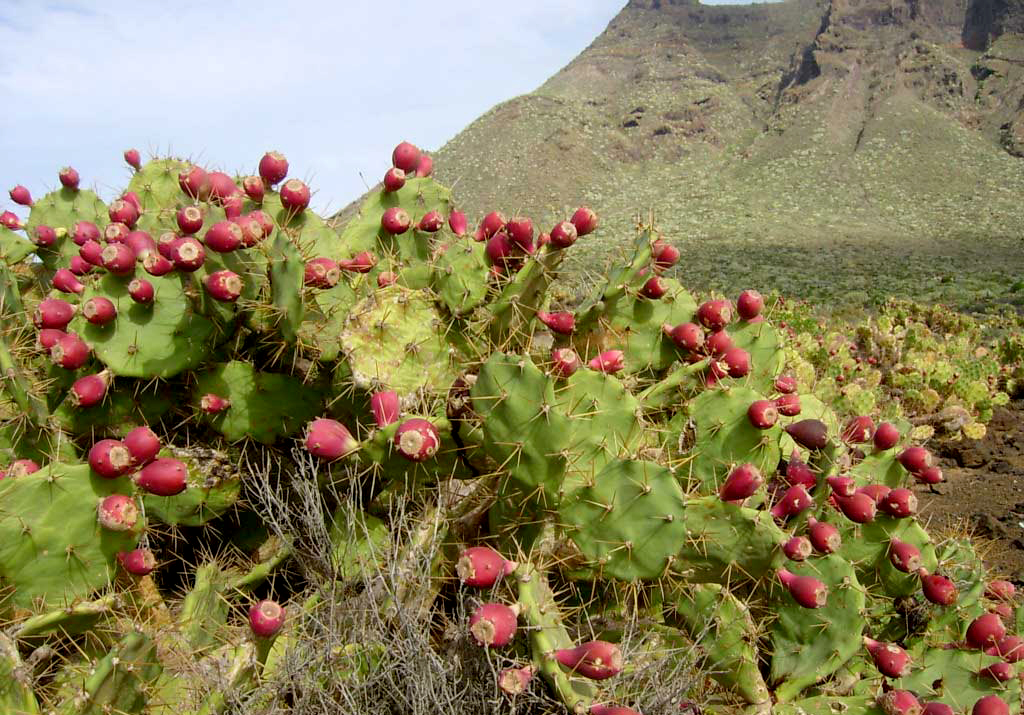Fuerteventura’s landscape is distinguished by its desert expanse. Kilometres of land that are presented to the eye and as endless plains where the sight gets lost, interrupted by some hills, volcanoes, mountains and “malpaises”.
However, so much flat arid terrain is often dotted with cactus, painting of green the most curious corners on this island of the wind.
The prickle pear cactus, as Opuntia cactus are called in the Canaries, are shrubby plants belonging to the genus of cacti.
ORIGIN AND DISTRIBUTION
There are around 250 subspecies of Opuntias and they all come from America, although in Europe many of them have been naturalized and are considered invasive.
They can be distributed from sea level to 3000 meters high.
In the Canaries, the first non-American territory where they were grown, there are two of these subspecies considered invasive and they have been naturalized on islands
- Opuntia ficus
- Opuntia dillenii
The other subspecies can be sometimes found scattered on the edges of roads or around detached houses.
MORPHOLOGY
The main feature of prickle pear cacti is growing in segments, called cladodes or “blades”, from which other cladodes sprout, as well as flowers, and also producing the delicious fruit: figs.
Cladodes have areolas, which are small lumps from which glochids arise, clusters of small thorns.
They can have very different sizes, from small bushes, shrubs or even treelike structure.
We will speak specifically about the invasive species in the Canary Islands (Opuntia ficus and Opuntia dillenii), which are those that give us such delicious fruit: the so called “higo pico”, “higo picón” or “tuno”, and which are also responsible for the large number of cochineal which introduced The Canary Islands into the dye industry, as these insects, dried and used to produce carmine dye, abundantly proliferate in the prickle pear cactus.
OPUNTIA FICUS
This subspecies is known as “tunera común” and it features “blades” between 30 and 50cm, with not many little thorns. Adult “blades” may even not have thorns at all. Typically they reach 3-4 meters high.
Some people make a subtle difference between “Opuntia ficus-indica” or “Opuntia maxima”, which is the most abundant, and “Opuntia ficus-barbarica”, which have fewer thorns, but the difference is not that noticeable, not even professionals agree.
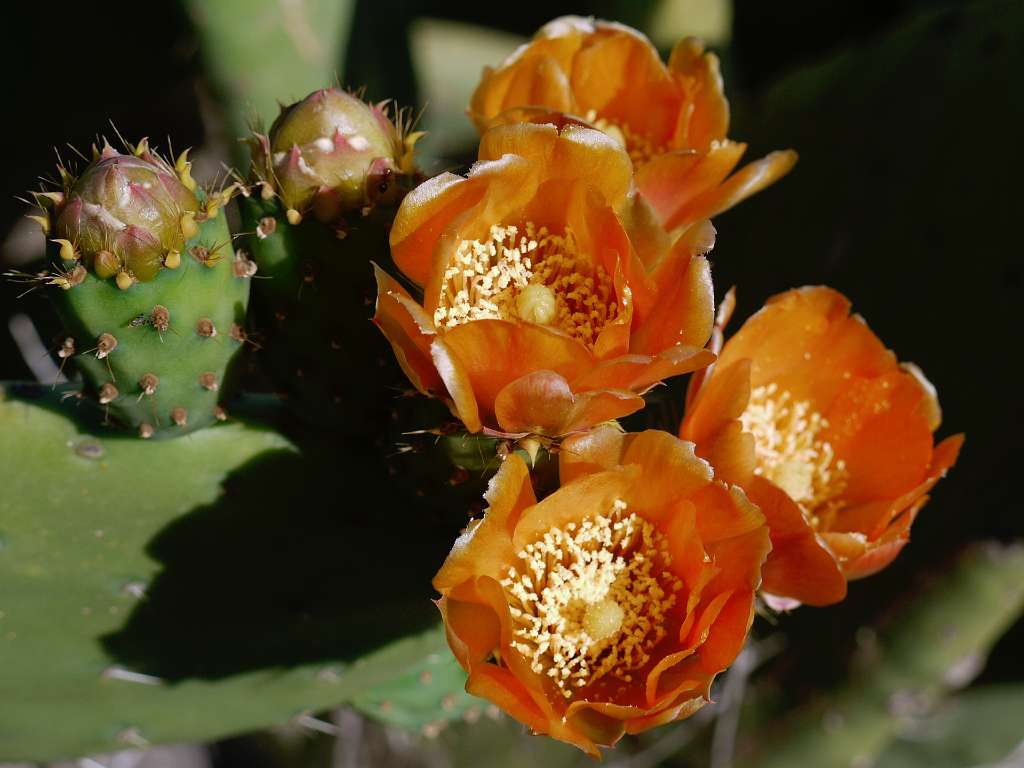
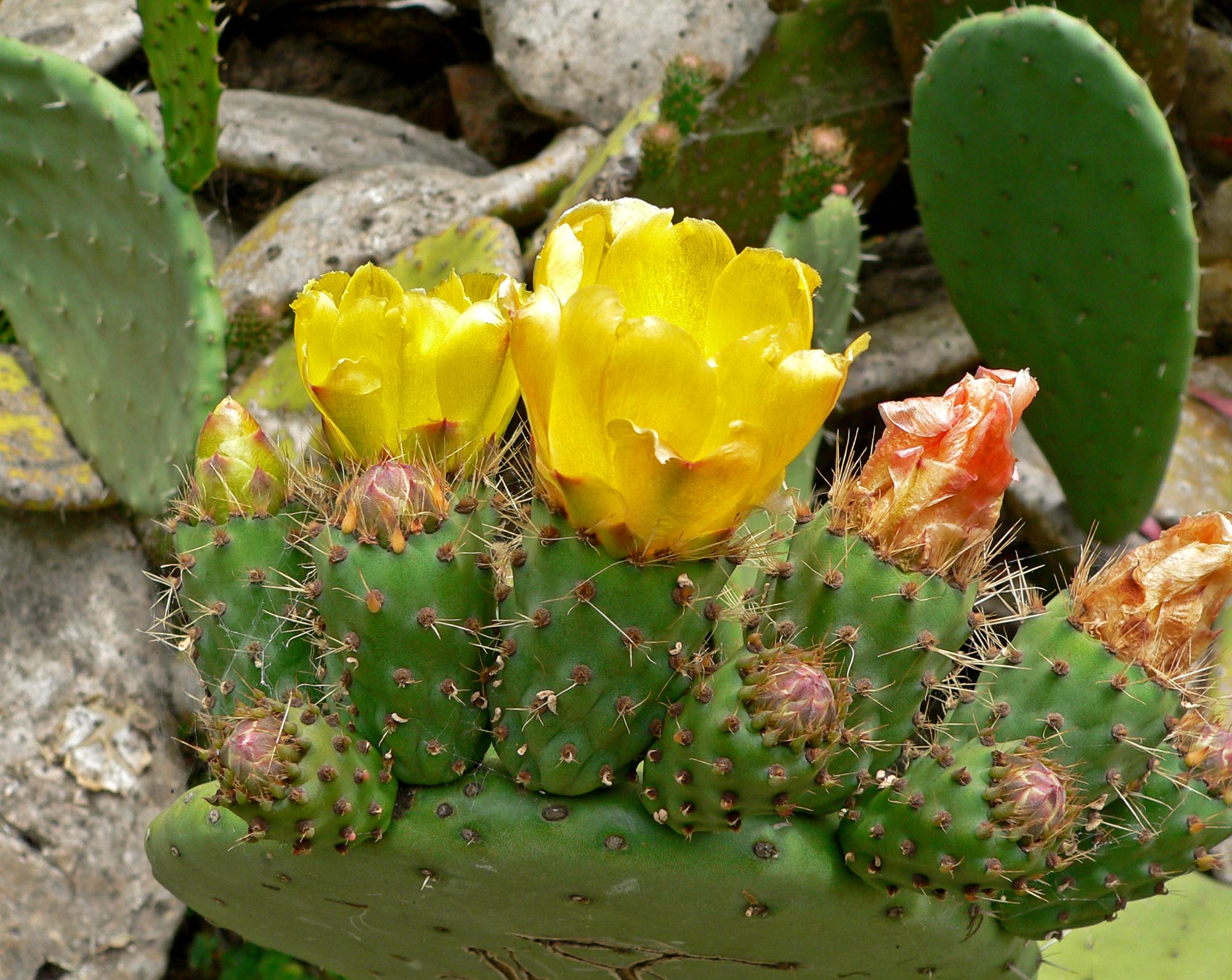
OPUNTIA DILLENII
Also known as Indian “tunera/penca” or “ink”. It features “blades” which are smaller than that of the “tunera común”, between 20 and 30 cm. The areolas have between 6 and 8 strong yellow thorns. They usually reach 2 meters high and the fruit pulp is typically red. It isn’t usual to find it above 300m of altitude, so it predominates in the coastal area.
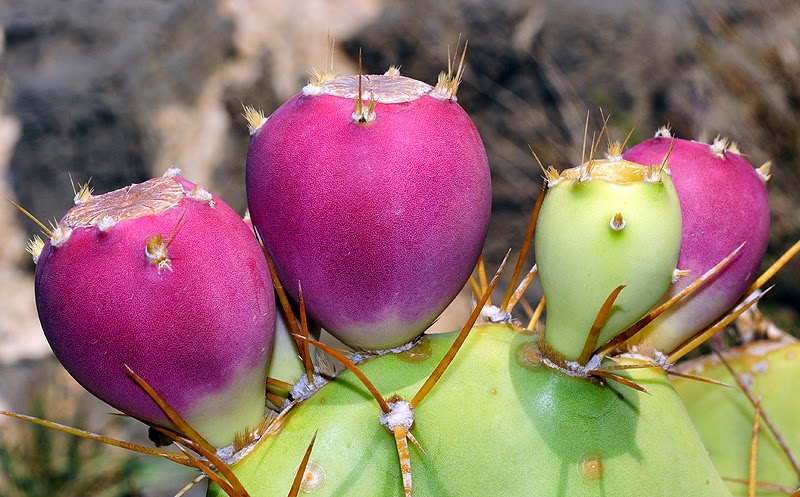
TIPS TO CATCH PRICKLE PEARS WITHOUT PRICKLING ONE’S FINGERS
It is recommended catch “tunos” upwind, to prevent it from thrusting the thorns towards us. Also, using tongs and, once caught, throwing them to the ground and sweep them, or rubbing them against other resinous plant, so that thorns stick together. Hence it is advisable to put them under running water to remove any remaining thorns.
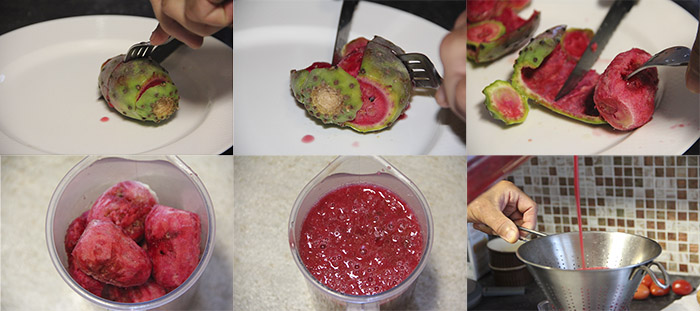
Fuertecharter Team
